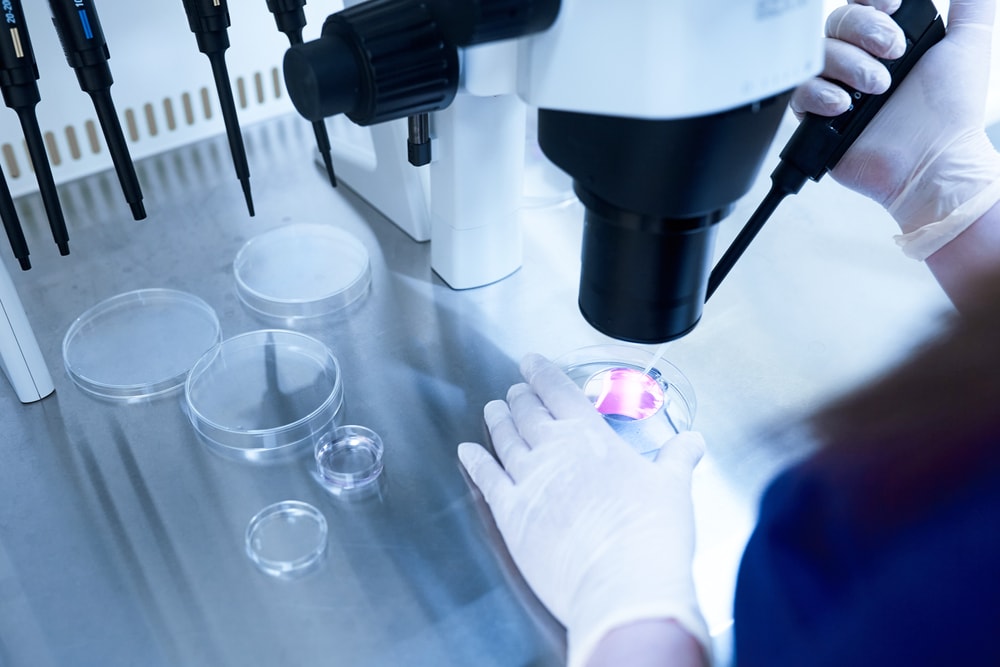Is Altered Carbon Coming True?

Credit: Shutterstock
I’m a big sci-fi guy and one of my favorite recent shows is called Altered Carbon on Netflix. It posits a future where bodies are grown. Now a new stem cell study is doing something similar with mice. Let’s dig in.
Altered Carbon
These are Richard Morgan books that were made into a Netflix series that ran two seasons. In this future, bodies are grown in a lab and then purchased and are called “sleeves” and you can change them out because all memories are stored and copied into a “stack” which is a computer memory inserted into youngsters. Hence, your stack is moved into a new sleeve as you get older or even if your body dies. Hence, nobody actually loses their life unless they get their stack damaged.
Can this be done? Have we made any progress?
Growing Mice in a Petri Dish?
Scientists at the University of Virginia School of Medicine have found a way to teach stem cell aggregates in a dish to strat to develop into an embryo (1). They move the cells through various stages of development and get many of the tissues found in a normal mouse, but no living mice yet. However, their organs are much more advanced than anything seen before.
For example, scientists have gotten intestinal cells to form a hollow tube like an intestine, but this lacks blood cells, nerves, and smooth muscle. These scientists have come much closer to growing a functional intestine. Also, these organs are organized around a primitive spinal cord (notochord) as they should be. In addition, the heart beats and a primitive nervous system develops!
So can these scientists grow a real living mouse? No, at this point, it doesn’t yet contain the front part of the brain. However, they believe they should be able to grow the front part of the brain at some point.
Why I’m Excited
While we aren’t yet ready to grow sleeves as they do in Altered Carbon, we may be able to soon grow entire human organs with functional blood vessels, nerves, and other things. So while we can help patients avoid many surgeries using their own progenitor cells and advanced interventional orthopedics procedures, sometimes we can’t help when things are too far gone. So in the future, rather than get a hip replacement, why not grow a new hip joint in a lab and install that rather than a plastic and metal hip? The new living hip could maintain itself which is something that the metal hip can’t do. Meaning it could last a lifetime rather than needing to be swapped out for a new piece of metal.
The upshot? While Altered Carbon is not yet a reality, I was astounded to see how much progress is being made in growing whole animals. In the meantime, this science may lead to living orthopedic replacement parts that make what we can do today look like the stone age!
_________________________________
References:
(1) Peng-Fei Xu, Ricardo Moraes Borges, Jonathan Fillatre, Maraysa de Oliveira-Melo, Tao Cheng, Bernard Thisse, Christine Thisse. Construction of a mammalian embryo model from stem cells organized by a morphogen signalling centre. Nature Communications, 2021; 12 (1) DOI: 10.1038/s41467-021-23653-4

NOTE: This blog post provides general information to help the reader better understand regenerative medicine, musculoskeletal health, and related subjects. All content provided in this blog, website, or any linked materials, including text, graphics, images, patient profiles, outcomes, and information, are not intended and should not be considered or used as a substitute for medical advice, diagnosis, or treatment. Please always consult with a professional and certified healthcare provider to discuss if a treatment is right for you.
